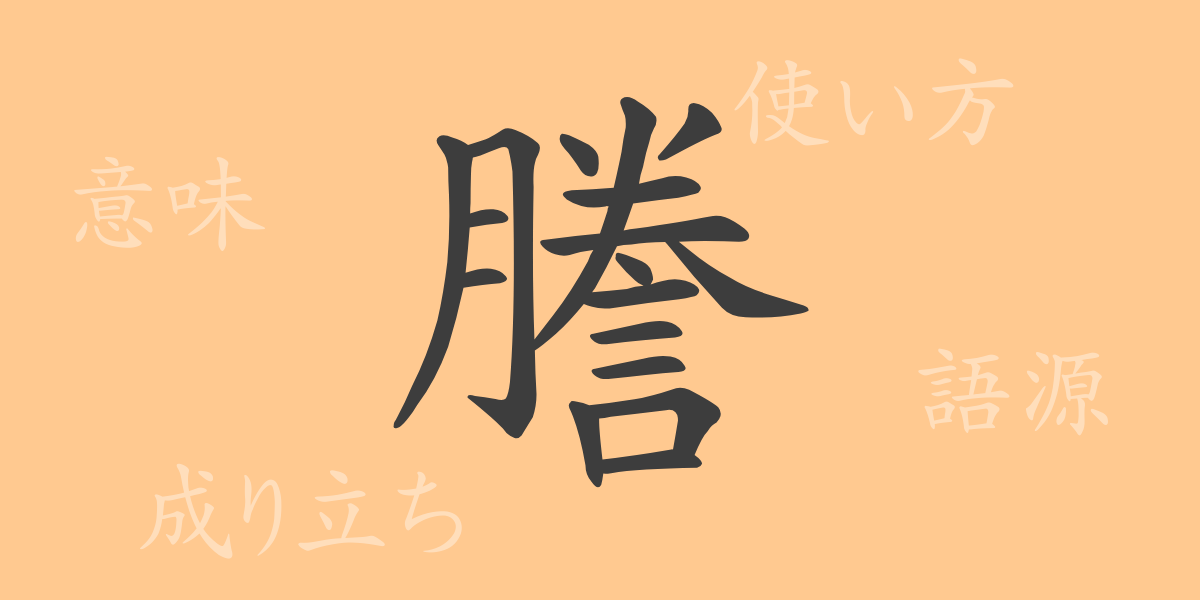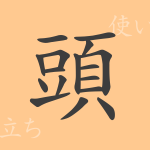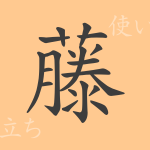Japanese writing employs many Kanji, among which some are seen only in specific contexts. The Kanji ‘謄 (とう)’ is seldom used in everyday conversation but plays a significant role in particular situations. This article delves into the historical background, meaning, and uses of ‘謄’, exploring its allure.
Origins of ‘謄 (とう)’
The character ‘謄’ has its origins in ancient Chinese seal script. Tracing its etymology, ‘言’ symbolizes words spoken from the mouth, and ‘登’ represents the act of ascending. These elements combine to form ‘謄’, symbolizing the widespread dissemination of words. Historically, as documents known as transcripts became widely distributed, the meaning of ‘謄’ was further emphasized.
Meaning and Usage of ‘謄 (とう)’
The primary meaning of ‘謄’ is to transcribe, or copy, reflecting the act of ‘taking down’ or ‘copying’ something. It is also used in the term ‘謄本 (とうほん)’, which refers to an official copy of a document or public record. Its usage is mainly related to legal or official documents, contributing significantly to the accurate transmission and preservation of information.
Reading, Stroke Count, and Radical of ‘謄 (とう)’
Detailed information about the Kanji ‘謄’ is as follows:
- Reading: On’yomi is ‘トウ’; there are no Kun’yomi readings.
- Stroke Count: Total of 15 strokes.
- Radical: 言 (ことばへん)
Phrases, Idioms, and Proverbs Using ‘謄 (とう)’
There are several idioms and terms that include ‘謄’, such as:
- 謄本 (とうほん): A copy of an official document. A legally effective copy of a document.
- 謄写版 (とうしゃばん): A type of letterpress printing that involves creating plates by transcribing the original manuscript.
These terms are all related to the accurate duplication or recording of information, reflecting the core meaning of ‘謄’.
Conclusion on ‘謄 (とう)’
While ‘謄’ is infrequently used, it is indispensable in legal documentation and public records. Understanding its historical background and etymology reveals the deep significance and cultural importance of this Kanji. Even in today’s digital age, the concept of accurate information duplication embodied by ‘謄’ remains crucial, and its value is being reassessed.

























